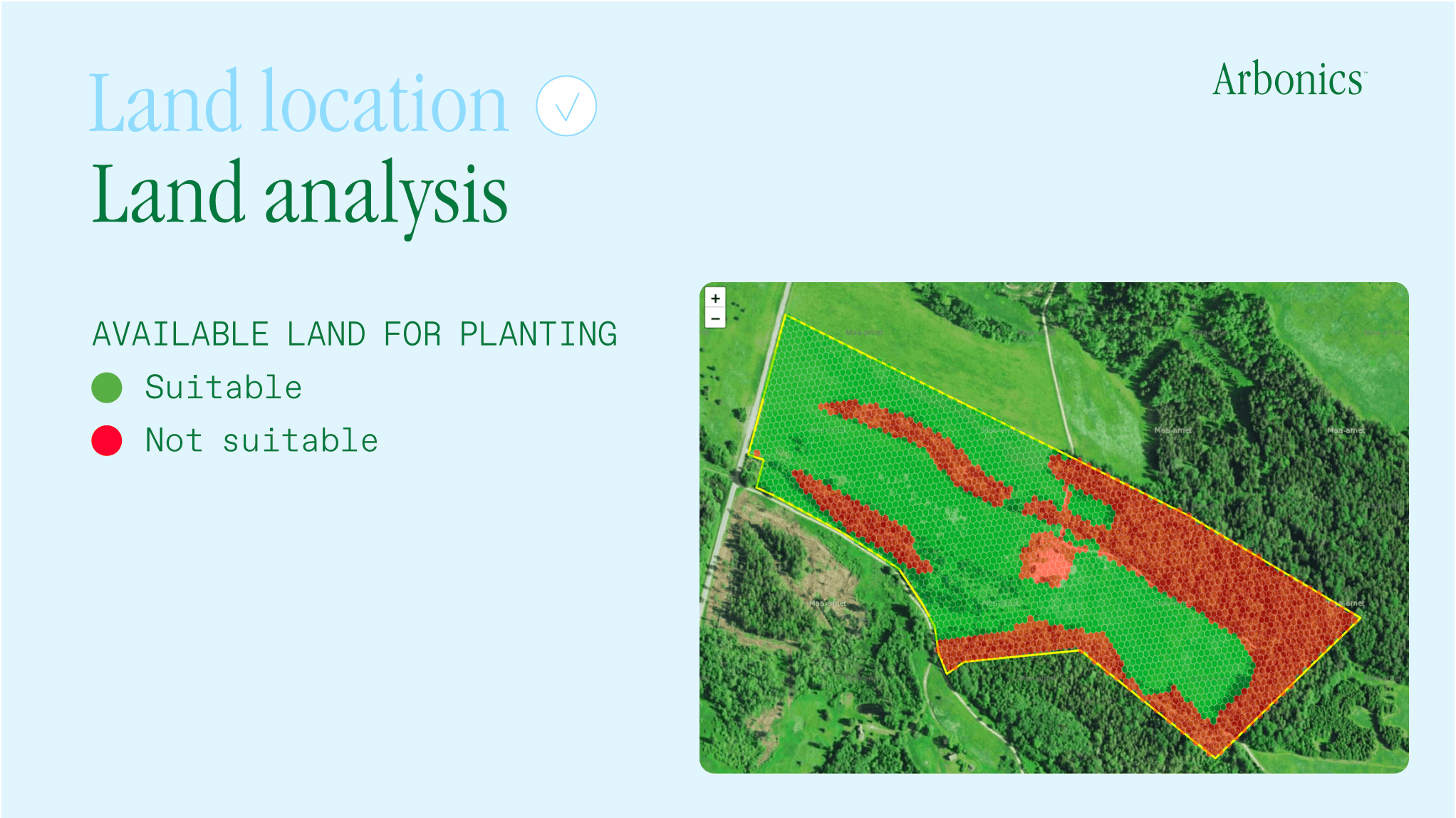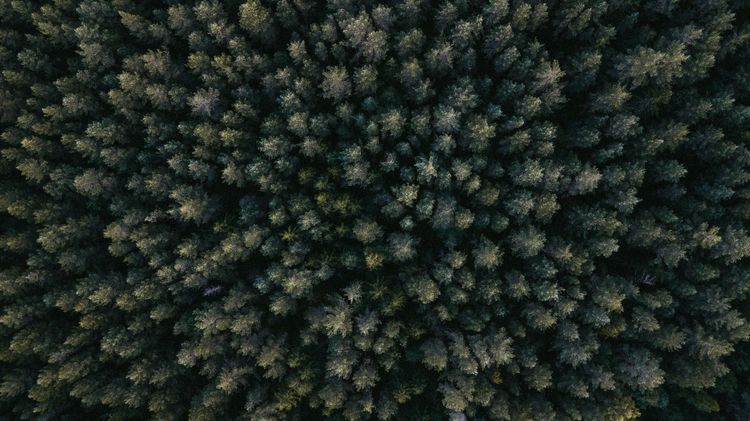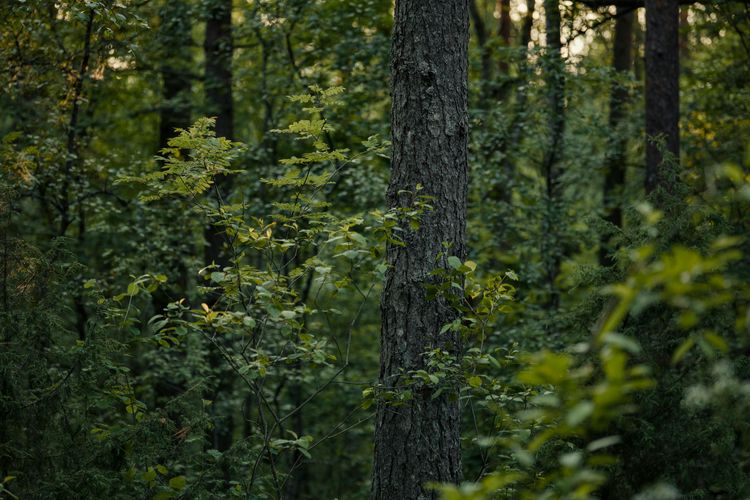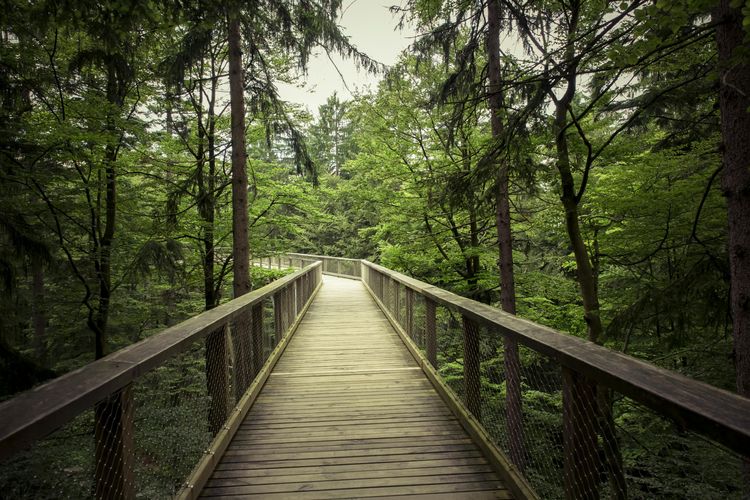How to earn income from afforestation on your land
Over 160 landowners have partnered with Arbonics to afforest their land and earn future income from carbon credits. Join them. Start here by requesting a free analysis for your land. Or continue reading to learn more about how it works.
What is afforestation?
Afforestation is the process of planting new forests on land that has not been forested in the past few decades. It differs from reforestation, which involves planting forests in areas where they have been cut down or otherwise destroyed (e.g., due to fire).
Therefore, suitable areas for afforestation are non-forest lands, such as old abandoned pastures. Afforestation provides landowners with an opportunity to earn carbon income through carbon credits.
Why can I earn earn carbon credits and income from afforestation?
Trees absorb carbon dioxide (the main greenhouse gas) from the atmosphere as they grow, making forests important carbon sinks. When carbon sequestration resulting from afforestation is measured, verified, and meets specific criteria, certifiers can issue one carbon credit for each ton of measured carbon.
Landowners participating in afforestation projects can then sell these carbon credits to companies or organisations that want to offset their greenhouse gas emissions (carbon footprint).
Why do afforestation projects need to be certified?
Certification and verification of projects by third parties are necessary to recognise credits as high-quality, which in turn increases their value. The price difference between certified and uncertified carbon credits can be up to tenfold. Arbonics collaborates with Verra, the world's largest carbon credit standard. Learn more about Verra and other verification service providers here: "ABC: What is Verra and Gold Standard, and why are they important?".
Why can't carbon credits be earned from reforestation?
Carbon credits are sold on the voluntary carbon market (see also: “ABC: What is the voluntary carbon market?"), and buyers, i.e., companies seeking to offset their carbon footprint, expect a certain level of quality. For example, if you currently afforest 5 hectares of non-forest land with a new birch forest, you could earn €112,500 in carbon credits over the next 30 years (assuming a credit price of €50).
One quality criterion is that the activity must be additional, meaning that afforestation has resulted in new carbon sequestration. Reforestation after planned harvesting is usually not considered additional as it does not create additional carbon sequestration value. Therefore, carbon credits cannot be earned for reforestation activities.
Afforestation is additional, and there is a demand in the market for certified afforestation carbon credits. In addition to removing carbon from the atmosphere, afforestation provides numerous other benefits, such as creating new habitats, improving water quality, and benefiting local communities.
How does Arbonics' afforestation project work?
In theory, any landowner can initiate an afforestation project and manage its certification process. However, this process is tedious (taking up to 18 months) and costly (direct communication with certifiers, such as Verra, and other relevant organizations can cost over €50,000). Arbonics simplifies and makes the process more affordable by bringing multiple landowners together in a single project and managing all the paperwork.
In addition, Arbonics takes care of developing data-based carbon measurement plans and conducting carbon calculations and verifications. Arbonics provides these services without upfront payment, charging 10-20% of the generated credits as a fee.

What to do if you want to afforest and earn carbon income?
- Consider if you have land suitable for afforestation. Remember that the land use can not be a forest land in the land registry!
- Contact us and share the cadastral numbers of your land to check its suitability for afforestation. Our carbon income analysis will quickly determine if your land is suitable for afforestation.
- We will prepare a free carbon income analysis for the suitable land. We will provide recommendations on tree species suitable for planting and forecast carbon income from carbon credits.
- Agree on the afforestation plan and sign a contract.
- *Plant trees and maintain your new forest. We will take care of carbon measurement and verification related to your afforestation project to certify the credits and ensure their quality. We will keep you informed about when the credits and income will be available to you.
- Earn carbon income. Your first credits will arrive five years after planting, when the trees have sufficiently grown. But your first income can come sooner as we look to pre-sell credits.
If you haven't already, fill out the introduction form here to get started.
Afforestation overview
- Forestry activity type: planting, forest maintenance, eventual timber harvest (optional)
- Key criteria: non-forest land
- Carbon project length: 40-60 years (depends on harvesting cycle)
- Expected credits per ha: 120-350 VCUs
- Expected credit sales price: €25-50 per VCU
- Planting is done by the landowner or their chosen partner
- Planting costs are covered by the landowner
- What is afforestation?
- Why can I earn earn carbon credits and income from afforestation?
- Why do afforestation projects need to be certified?
- Why can't carbon credits be earned from reforestation?
- How does Arbonics' afforestation project work?
- What to do if you want to afforest and earn carbon income?


